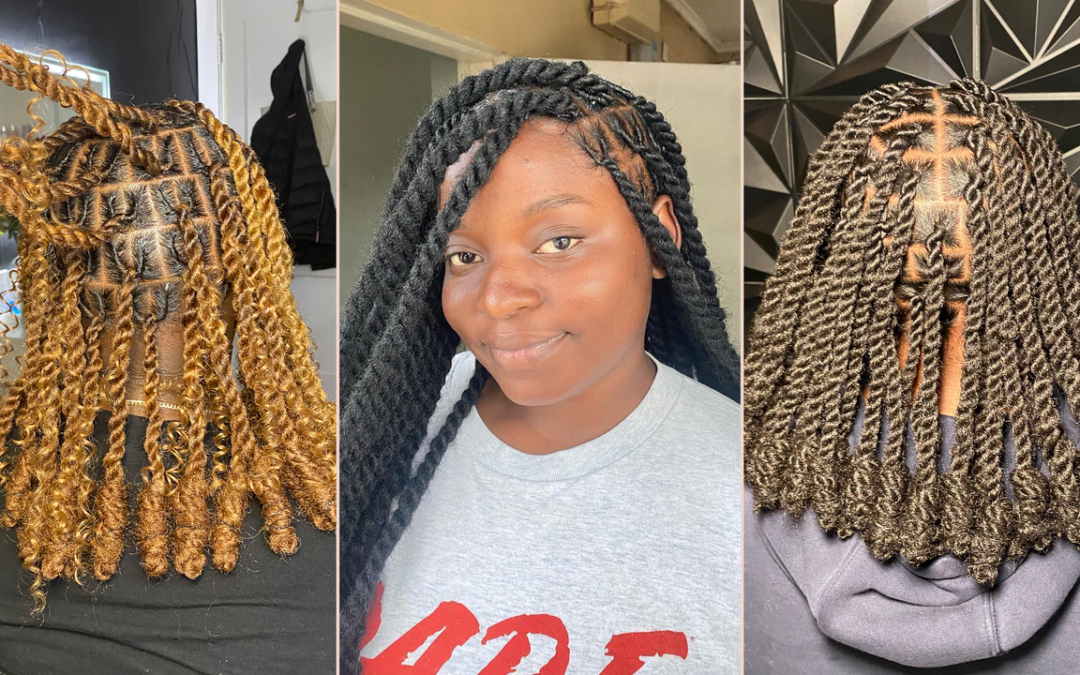Scrolling TikTok is a beauty fanatic’s version of browsing the morning’s newsfeeds for current events — which often leads to discovering trends on trends (on trends!) And if you’ve perused the app lately, there’s a good chance you’ve come across a video of a very popular protective hairstyle, invisible locs (#invisiblelocs has garnered 82.6 million views if that tells you anything). The concept is similar to faux locs (with pre-made loc extensions) in intention, but invisible locs are different because they aren’t a form of locs at all. Instead, the trending hairstyle is a fun take on twists.
People love this hairstyle because it creates a “loc retwist look without the commitment of dreads,” says Massachusetts-based hairstylist Ajira Mohamed, who has done the style on many of her clients. In other words, what would normally take years to achieve can be accomplished in a matter of hours. Plus, with invisible twists, you can easily part ways at any time — with minimal damage.
Even so, a lot goes into the trending style. Here, hairstylists share how to get the look and keep the twists as pristine as when you just left the salon.
Meet the experts:
What Are Invisible Locs?
The TikTok-loved style is meant to imitate locs from afar, but up close they resemble what’s known as Senegalese or Marley twists. To achieve the look, hair is twisted at the root and then secured with a wrapped knot at the end. It combines the techniques of locs and twists to fuse the two aesthetics together.
“They are so versatile,” says Brittney Traore, braider and owner of African Braiding Center in Washington D.C., who likes invisible locs in a short bob length with curly ends. But the twists can be long or cropped and styled in an array of colors and sizes. It all comes down to preference. That said, the roots are your natural hair so it’s best to limit ponytails and half-up styles. “With too much tension on your hair, the twists can come undone or get loose easily and cause pain or discomfort from pulling,” explains Mohamed.

